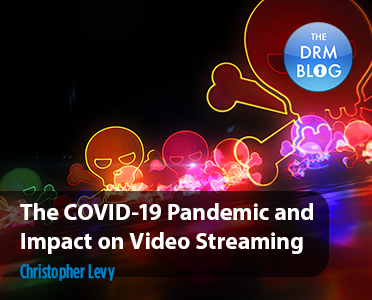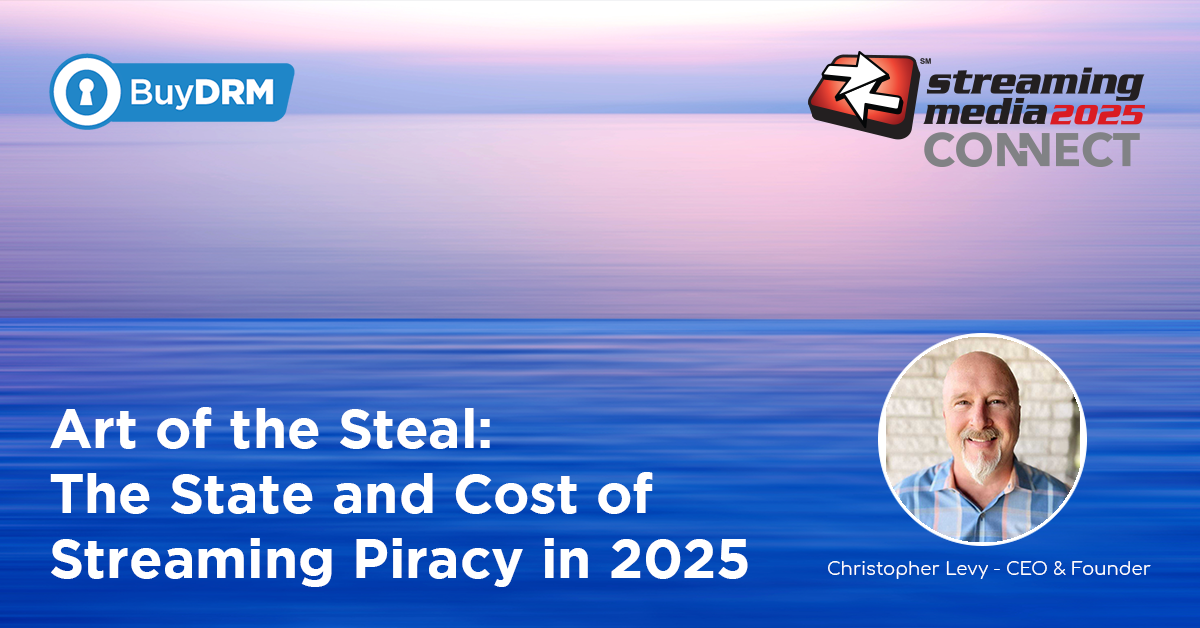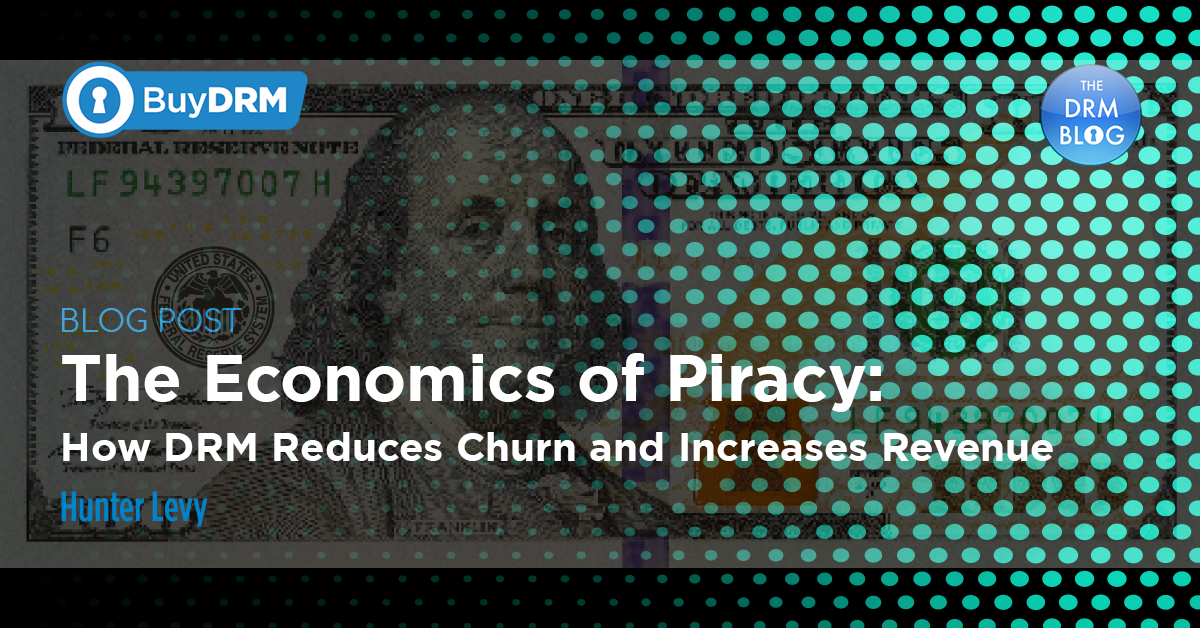Even after a year of discovering the first few cases of the coronavirus, the world is still reeling under the impact of the COVID-19 pandemic. Most countries are still yet to vaccinate their citizens or even bring the pandemic under control.
Second-waves, third-waves, stay-at-home orders, schools being closed, and large sections of the workforce working from home have contributed to record levels of online video streaming.
The BBC reported surges in video streaming as early as August 2020, and frankly, this was expected. With a VOD channel for every imaginable genre, people stuck at home have been spoilt for choice when it comes to online streaming.
However, video piracy has also seen a significant uptick during the pandemic.
Here are some statistics regarding video piracy from cdsaonline.org –
- European Intellectual Property Office (EUIPO) conducted a study into the impact of piracy across member states, estimating that 13.7 million people across EU countries are accessing illegal pirate services of differing flavors. They identified that the Netherlands, Sweden, and Spain have the highest percentages of offending viewers within their populations, with 8.9 percent, 8.5 percent, and 6.9 percent, respectively (the EU average is 3.6 percent).
- Before the pandemic, piracy in North America was costing video service providers more than $4 billion yearly as a result of 7.5 million households reportedly accessing pirated content.
- In the United States alone, GDP losses due to piracy have been estimated to be between $47 billion and $115 billion (Blackburn et al., 2019). (source)
As the data shows, piracy has always been a problem for the movie industry, and the COVID-19 pandemic has only worsened it.
With traditional entertainment forms, such as movies, concerts, and sporting events, people are forced to go online and purchase a subscription to access entertainment.
While paying for entertainment is a reasonable proposition, some people believe that they should be allowed access to paid content for free.
Downloading streaming content, sharing and selling credentials, re-streaming content online is only some of the ways that pirates are causing headaches to video streaming companies.
A case in point is the release of Wonder Woman 1984 and its almost-immediate appearance on torrent sites. Two months since its release in Dec. 2020, it is still among the top downloaded and pirates movies, according to the data on torrentfreak.com.
Apart from being available on torrent sites, we are certain that "Wonder Woman 1984" was also illegally uploaded to file-sharing sites and re-streamed, causing losses to the filmmakers who lost out on legitimate revenue.
But why the increase in piracy?
Can it be fully attributed to the fact that people are forced to stay at home and consume more online content?
Is The Rise of PVOD Increasing Piracy?
We are witnessing an interesting phenomenon during the pandemic - which is the rise of PVOD (Premium Video On Demand). With stay-at-home restrictions forcing cinema chains to shut down (Regal shut down all 536 cinemas), movie producers began to look at PVOD as an option to release their movies.
An example of this is the PVOD release of Mulan, a 2020 film produced by Walt Disney Pictures. It was originally scheduled to be released towards the end of March 2020 in cinemas across the US, but this plan was shelved due to the COVID-19 pandemic. After waiting several months, Disney released it on Sept. 4, 2020, via PVOD. To watch Mulan on the day of release, you needed a subscription to Disney+, had to pay an additional fee, but retained access to the movie until it was available to the rest of the Disney+ subscribers.
Looking at the pace at which the world is limping back to normalcy, it wouldn't be surprising to see PVOD becoming a very lucrative and important VOD business strategy, in addition to the traditional SVOD, AVOD, and TVOD.
While PVOD has made it possible for producers to premiere their movies online, there is an odd consequence of releasing movies online instead of cinemas.
In the past few years, the first few movie prints that made their way to torrent sites were poorly recorded versions of the movies captured using mobile phones or camcorders snuck into cinema halls. Pirates had to wait for DVD/Blu-ray discs to be released before releasing high-quality versions of the movie.
However, with PVOD, pirates now have HD or UHD versions of the movie for the taking - on the day of the movie's release. This is quite an enticing situation for people incentivized to pirate movies.
How Can You Curb OTT Video Piracy?
We've looked at the streaming industry's difficulties due to the pandemic and the threat posed by piracy.
But, what is the solution to these problems?
Unfortunately, there is no silver bullet that'll make all these problems go away. Video streaming is a complex industry and has a lot of moving parts. Assets can be leaked right from the point of pre-processing/capture, transcoding, packaging, and at the players.
However, all is not lost.
Here are some critical measures that you can implement today to strengthen your service's security.
Prevent Password or Credential sharing: Credentials are often misused and find their way to shady marketplaces where they are bought and sold. If you allow multiple people to log on simultaneously using the same credentials, then you're inviting trouble.
Invest in DRM and implement strict business rules:
The best way to tackle piracy is to use DRM to protect your assets. Whether it is Google Widewine, Apple FairPlay Streaming, or Microsoft PlayReady, streaming providers must use Hollywood-grade DRM and beef it up with sensible license rules.
- Ensure that your DRM licenses are up-to-date, prevent playback in countries where your assets are not meant to be released, strictly control the download and offline playback of assets.
- Ensure that high-value assets are not streamed to devices with poor security measures (e.g., devices that come with Google Widevine's L3).
- Just-in-Time DRM can add a layer of security by preventing unencrypted assets from sitting on servers. Read more about JIT DRM in our deep-dive here.
Digital Watermarking: A critical tool in content protection and traceability is Digital Watermarking that makes it easy to track who, where, and when the movie was leaked in the event of piracy.
- With session-based watermarking (or AB watermarking), each streaming session is unique by delivering the chunks in a pre-determined order/pattern, creating a fingerprint.
- This is done by creating two sets of each asset - A and B, which are visually identical to the human eye. But, dedicated software can identify the difference between the A & B versions.
- Depending on the subscriber ID or any other identifier, the chunks are delivered based on a pre-determined pattern. E.g., AABABBBAAA ...
- Every subscriber receives chunks of video based on a different A-B pattern, and every copy of the movie streamed is thus digitally watermarked!
- By keeping track of this delivery scheme and comparing it to the leaked movie, investigators can pin-point who, or rather, which subscriber leaked the movie.
These are just some of the steps you can take to protect your value chain.
However, one needs to ensure that the entire pipeline is well-protected and, the best way to do that is to work with trusted vendors.
Contact us to learn more about how we can help you secure your assets using our studio-approved multi-DRM and watermarking platform KeyOS.












